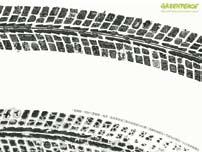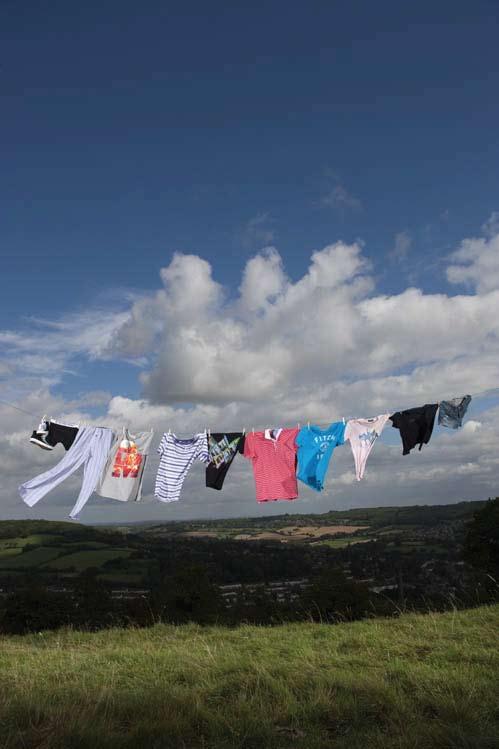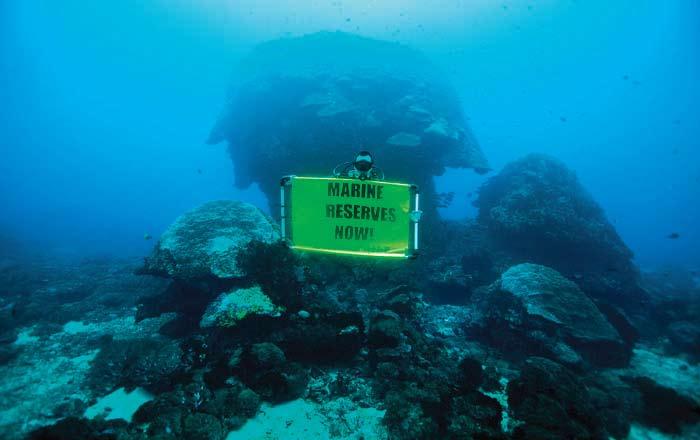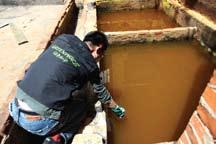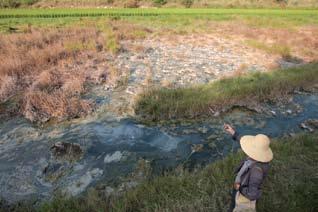IDEAL – ACT
21
Canaries made of ice The most visible impact of climate change is the disappearing Arctic sea ice. Melting sea ice creates an evil feed-in loop, further accelerating the melting and climate change itself. How does it work? Warmed air
Pool Ocean Methane released to atmosphere
Lake Active layer Permafrost layer Unfrozen layer
Methane hydrate
1
2
Gorgeous Arctic As sea ice recedes, the face of the Arctic is changing: wildlife lose their home, climate change is kicked up a notch, sea channels are opened up increasing shipping and the associated dangers of oil spills, and oil companies begin to jostle over the right to exploit for oil and gas. Let’s take a moment to enjoy the beauty of the Arctic today, so that we can build up our movement to preserve it for tomorrow.
Step One: As the white reflective surface of ice melts there is less white space to reflect the sun’s rays and so the darker ocean surface ends up absorbing more heat, meaning warmer seas and more ice melting. Step Two: The warmer seas and climate change are melting Arctic permafrost (frozen soil). Underneath are massive pockets of methane gas which are released when the permafrost melts. Methane is an extremely potent greenhouse gas, thus intensifying climate change.


